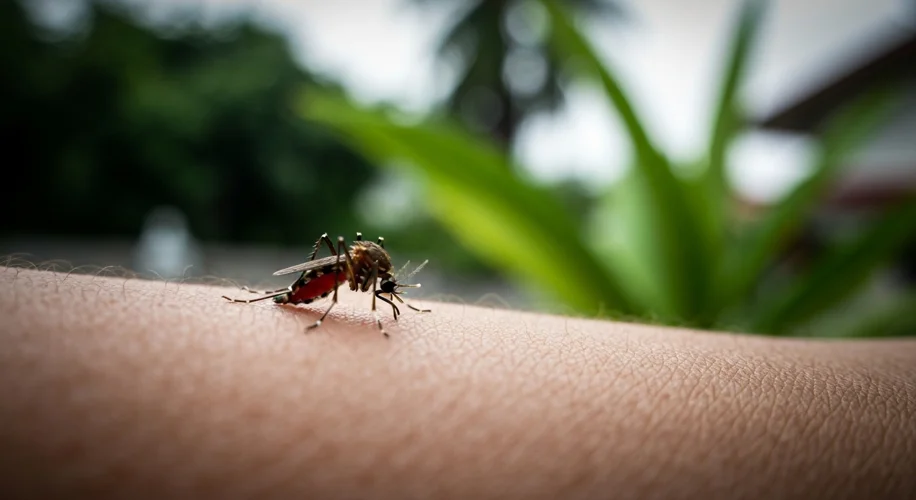Did you know that mosquito-borne diseases are on the rise globally? It’s a concerning trend that experts are watching closely. Recent reports from the CDC and international news outlets highlight a significant surge in chikungunya infections, prompting travel advisories and calls for enhanced precautions.
What is Chikungunya?
Chikungunya is a virus transmitted to people through the bite of infected mosquitoes. The name “chikungunya” means “that which bends up” in the Makonde language, referring to the stooped posture adopted by people suffering from the joint pain. While it’s rarely fatal, the illness can be debilitating. Symptoms often include sudden fever, severe joint pain, muscle pain, headache, nausea, fatigue, and rash. The joint pain can be quite severe and long-lasting, sometimes persisting for months or even years after the initial infection.
Why the Surge?
Several factors are contributing to the increase in chikungunya and other mosquito-borne illnesses. One of the most significant is the changing climate. As global temperatures rise, mosquito populations are expanding their habitats, moving into new regions that were previously too cool for them to survive. Warmer weather also accelerates the mosquito’s life cycle and the rate at which the virus replicates within the mosquito, leading to faster transmission.
In places like China, major outbreaks are being met with significant resource deployment, indicating the seriousness of the situation. This global spread means that even if you don’t live in a historically high-risk area, the potential for encountering these viruses is growing.
What Does This Mean for You?
When health organizations like the CDC issue travel warnings, it’s a signal to pay attention. For example, a Level 2 Travel Advisory for chikungunya outbreaks in Guangdong, China, advises travelers to “practice enhanced precautions.” This means being extra vigilant about protecting yourself from mosquito bites.
How to Protect Yourself
Prevention is key when it comes to mosquito-borne diseases. Here are some straightforward steps:
- Use Insect Repellent: Apply EPA-registered insect repellents containing DEET, picaridin, IR3535, oil of lemon eucalyptus, para-menthane-diol, or 2-undecanone. Always follow product instructions.
- Wear Protective Clothing: Wear long-sleeved shirts, long pants, socks, and shoes when outdoors, especially during dawn and dusk when mosquitoes are most active.
- Mosquito-Proof Your Home: Ensure windows and doors have screens and are in good repair. Use air conditioning if possible.
- Eliminate Standing Water: Mosquitoes breed in standing water. Emptying water from flower pots, buckets, pet water bowls, and other containers around your home can significantly reduce breeding sites.
- Stay Informed: Keep an eye on local health advisories and news regarding mosquito-borne illnesses in your area or travel destinations.
This rise in mosquito-borne diseases is a complex issue, closely tied to our changing planet. By understanding the risks and taking simple, effective precautions, we can all do our part to stay healthy and informed. Let’s talk about how we can adapt to these challenges.

